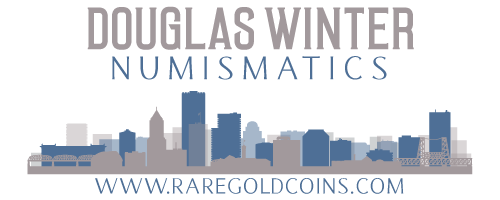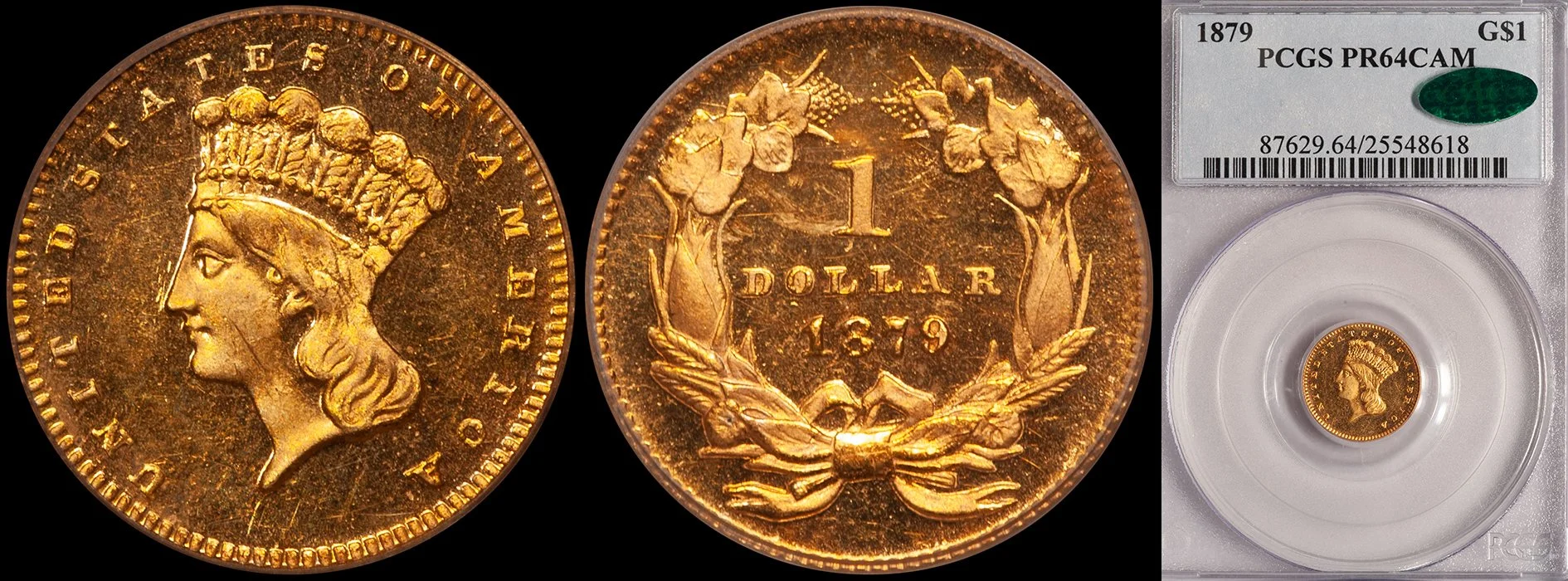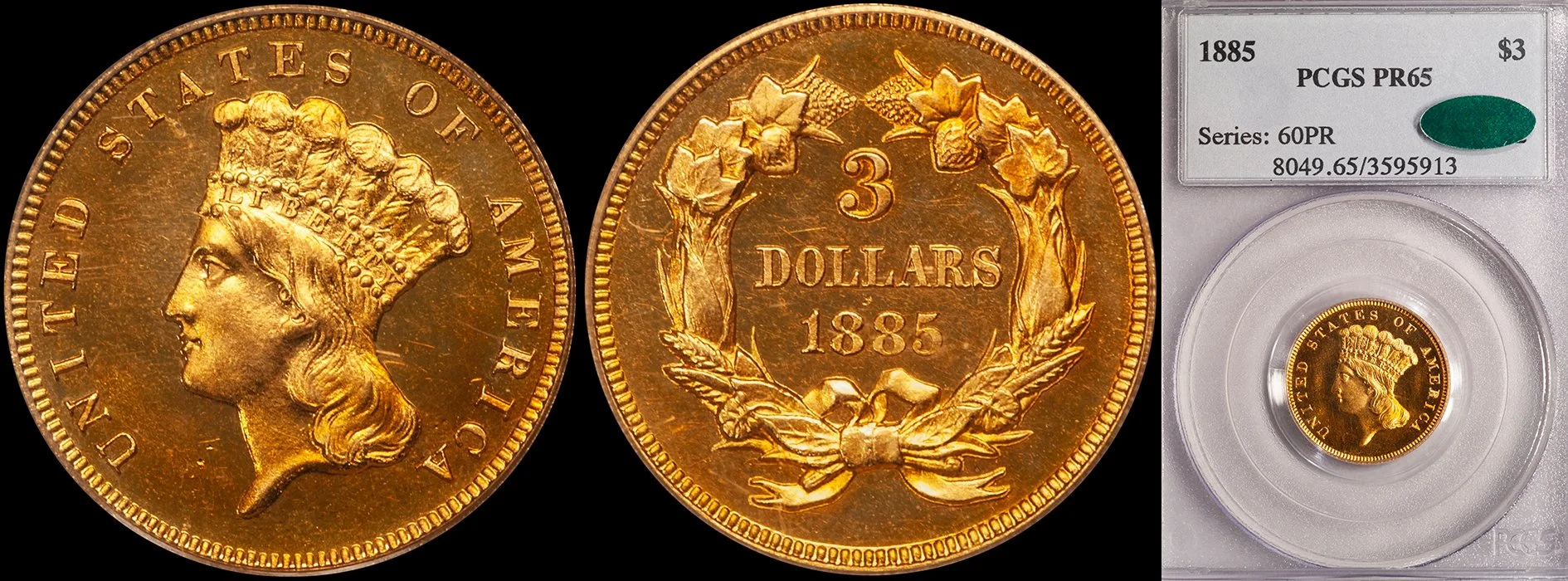Steve Duckor: A Tribute
/I was introduced to Steve Duckor by David Akers, sometime around the time of the Pittman sales (1997-1998). I learned that Steve was working on a very high-quality set of Indian Head eagles and St. Gaudens double eagles. This has never been a market that I’ve been an active participant in, so I was unable to sell him any coins at that time. However, we became friendly, and Steve made certain to show me his new purchases and to further our relationship.
If you knew Steve at all, you knew that he was a relationships guy. He was humble to a fault and he realized that as well-versed on coins as he might become, he needed a dealer working with him in order to find the great coins he sought.
David Akers always would display his stunning personal collection at shows. I discussed buying them at various times but I thought his prices were too aggressive. But Steve saw an opportunity, and in 2012, he bought around seven or eight of the Akers gold dollars including such amazing coins as a PCGS MS68 1851, a PCGS MS68+ 1856 Slant 5, an incredible PCGS MS68 1863, a PCGS MS68+ 1864, and others. With this purchase, Steve became a gold dollar specialist and I became his go-to dealer.
Steve was a sponge and he quickly learned about his new area of specialization. He had a remarkable eye and people realized that if a coin was worthy of a Duckor pedigree, it was clearly nice enough for their collection. He understood the concept of branding before he even realized that he was consciously doing this with every collection he formed. And he was incredibly versatile as a collector, having also assembled the finest sets of Barber dimes and half dollars ever assembled. I think he would have succeeded on any numismatic project he set out to do, given his sophistication and his level of knowledge.
I began going to see Steve for lunch every few months. We would meet at his bank where he would show me his remarkable gold dollars. Each and every coin he had was CAC approved, and this included an 1865 that I had sold him as a PCGS MS65 but which he had upgraded to MS66. He had also persuaded CAC to approve it. I had told him when I sold him the coin that a depression on the coin’s reverse was mint-made, but Steve knew enough to find another 1865 gold dollar with the exact same mark. When someone picks you off, you tend to be unhappy, but with Steve it was just a part of the process.
The Duckor/Simpson 1920-S $10.00, now graded PCGS MS67+
Steve made more money on a single coin than any other collector I’m aware of. He was the owner of an amazing 1920-S $10 Indian—the finest known example of the rarest date of this design. He bought it 1979 for $85,000, which was a ton of money for this coin at that time; especially for a younger collector with two small kids. I sat with him at the auction in 2007 when he sold this coin. At the time, I told him it could bring $750,000 or maybe even a bit more. I’ll never forget the look on his face when it quickly broke the $1 million dollar barrier, not stopping until it realized a record-smashing $1,725,000. We went out for a celebratory dinner that night and he gladly paid.
I think Steve was the greatest collector of his generation. Unlike other collectors of his level, he wasn’t operating with an essentially unlimited budget. Steve was a gastroenterologist who was competing against titans of industry, professional sports team owners, and hedge fund managers. Despite their limitless budgets, they lacked the knowledge that Steve cultivated, and they played right into his hands when he sold his coins.
Steve understood the mechanics of the market better than any collector I have ever known. He bought series when they were out of favor, and sold his coins when there were two or more very wealthy collectors who he knew would go head-to-head when Heritage conducted a Duckor sale. He sold his gold dollars at the exact point in time that Bob Simpson and Tom Bender were hungriest for coins, and they set numerous price records in brutal bidding competitions.
After he completed the sale of his gold dollars, Steve moved on to Walking Liberty half dollars and Lincoln Cents; two series he had collected when he was young. He had become friends with Stewart Blay, a New York City sculptor and an accomplished numismatist who had assembled the single greatest set of Lincolns (and Indian Cents) ever. With Stewart’s help, Steve assembled a set in less than two years. For anyone other than Steve, this would have been a recipe for disaster. But as I said above, a Duckor pedigree was a force of nature, and the set sold for a profit despite virtually all the coins having come out of recent auction sales.
Steve probably saved my life. In 2013, after I had passed a painful kidney stone, I was sent home from the hospital. I slept much of the next day and when I woke up on the second day, I was burning up. My wife took my temperature and it read 105. She called Steve and told him, and he urged her to get me back to the hospital quickly as I could be potentially extremely sick from possible Sepsis. The emergency doctor agreed, and after a round of antibiotics, my temperature was close to normal.
Steve was a founder of the US Gold Club. He hadn’t attended any meetings since before Covid, but his presence was felt at every gathering.
Steve, I learned a lot from you and I will miss you tremendously. You were a great husband and father/grandfather, and a great friend to me and many other dealers.











